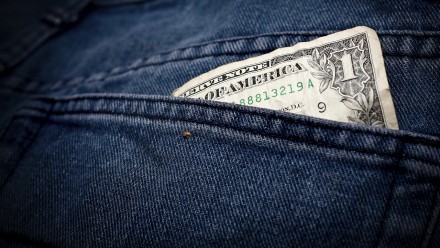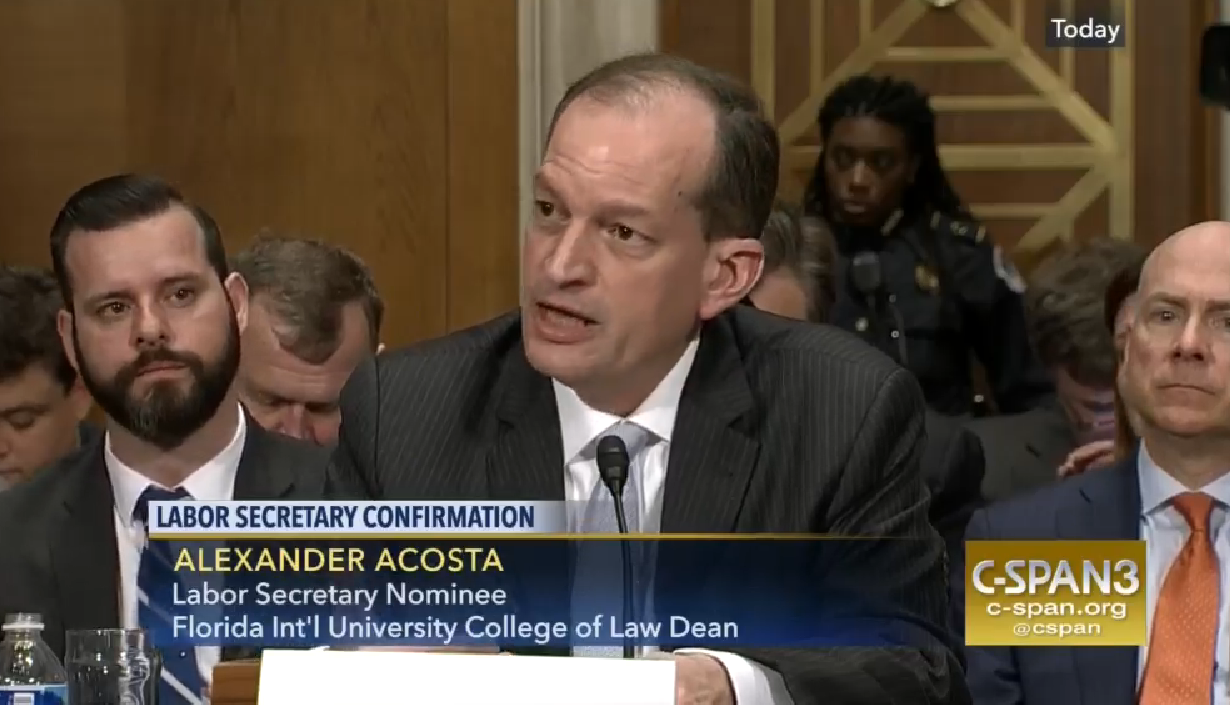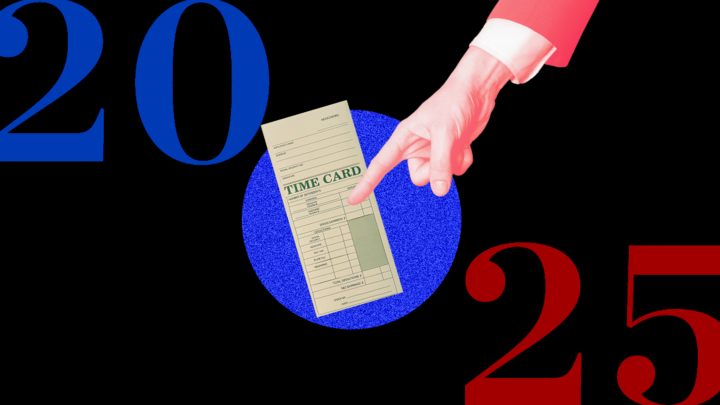While the UK Is Getting Serious About Closing the Gender Wage Gap, the US May Defund an Equal Pay Initiative

 Earlier this year, women in the United Kingdom won a powerful tool to fight the gender wage gap. The UK is requiring companies with 250 or more employees to publicly release annual reports on the difference between the average hourly pay for male and female full-time employees, the percent of men and women who receive bonuses, the gender difference in average bonus pay, and the distribution of men and women in low and high paying jobs. The reporting requirement, mandatory for companies in both the public and private sectors, will cover nearly half of the UK’s workforce.
Earlier this year, women in the United Kingdom won a powerful tool to fight the gender wage gap. The UK is requiring companies with 250 or more employees to publicly release annual reports on the difference between the average hourly pay for male and female full-time employees, the percent of men and women who receive bonuses, the gender difference in average bonus pay, and the distribution of men and women in low and high paying jobs. The reporting requirement, mandatory for companies in both the public and private sectors, will cover nearly half of the UK’s workforce.
Finally, women in the UK are starting to find out just how much more their employers are paying their male colleagues on average – and this couldn’t be more well-timed. The first wave of this data is becoming public at the exact moment some high profile UK employers are being called to account for why they are paying women less.
The new UK rule uses transparency as a tool for raising awareness about, and encouraging action to address, the gender wage gap. In the US, many employers discourage or outright ban conversations about pay, making it difficult for women to detect discrimination, let alone challenge it. By contrast, when employers must publicly disclose gender gaps, it is a strong incentive for employers to explain the causes of these gaps and analyze how their company’s policies and practices are contributing to disparities. It encourages them to adopt clearer compensation standards to reduce unconscious (or even explicit) biases that can creep into compensation decisions, as well as employment practices that impact compensation.
The new UK reporting requirements are already spurring new transparency. Forty UK employers have publicly posted their equal pay reports in advance of the March 2018 deadline. At financial services company Virgin Money PLC, men make up 65% of the highest-paid employees at the company, while women make up 72.6% of the lowest-paid employees. At Deloitte LLP, although almost the same percent of women and men received bonuses, bonuses for women were on average 52.2% lower than those of their male colleagues.
Pay transparency has enabled workers to take action and demand their employers close the gap. While their company was preparing its pay audit, journalists at the Financial Times found out that female editorial staffers earn 13% less than their male colleagues, and now union leaders are discussing organizing a strike to demand action. And when the BBC disclosed the salaries of its most highly paid broadcasters and revealed that two-thirds were white men, female broadcasters demanded immediate action to close the gender wage gap.
So what about us? Women in the United States deserve the same information about gender and race wage gaps, and action from the government and employers on equal pay. When we compare all working women to all working men, the gender wage gap in the US is 20%, and it’s significantly wider for women of color when compared to white, non-Hispanic men. Women in the US are overrepresented in low wage jobs and underrepresented in higher paying jobs, including those that are nontraditional for women. They face discrimination and stereotypes, including when they become pregnant, have children, or have caregiving responsibilities, which often leads to lower wages, barriers to advancement, or being forced out of a job. But even when controlling for occupational differences, the wage gap still persists.
While we don’t yet have a public disclosure requirement in line with the UK’s, the Obama Administration had launched an equal pay initiative requiring large private employers and federal contractors to report pay data by sex, race, and ethnicity. This pay data collection would help uncover patterns of pay discrimination and improve enforcement of our anti-discrimination laws by the Equal Employment Opportunity Commission (EEOC), the federal agency responsible for enforcing workplace anti-discrimination laws.
But now even this equal pay data collection is under attack from corporate interests, some members of Congress, and the Trump Administration. Last month, the House Appropriations Committee voted to defund the pay data collection, and the full House and Senate could vote on it in the coming weeks. In the meantime, business groups have been pressuring the Trump Administration to roll back the equal pay data collection.
Where is the leadership we need on equal pay? When former Prime Minister David Cameron originally announced the UK’s plan to “name and shame” companies paying women less than men, he called the gender pay gap a “standing rebuke to our country.” Meanwhile, the gender wage gap for White House staff has tripled under President Trump.
Instead of dismantling the pay data collection, our leaders should take a cue from the UK and move toward greater pay transparency. Women in the US can’t afford to wait any longer.




